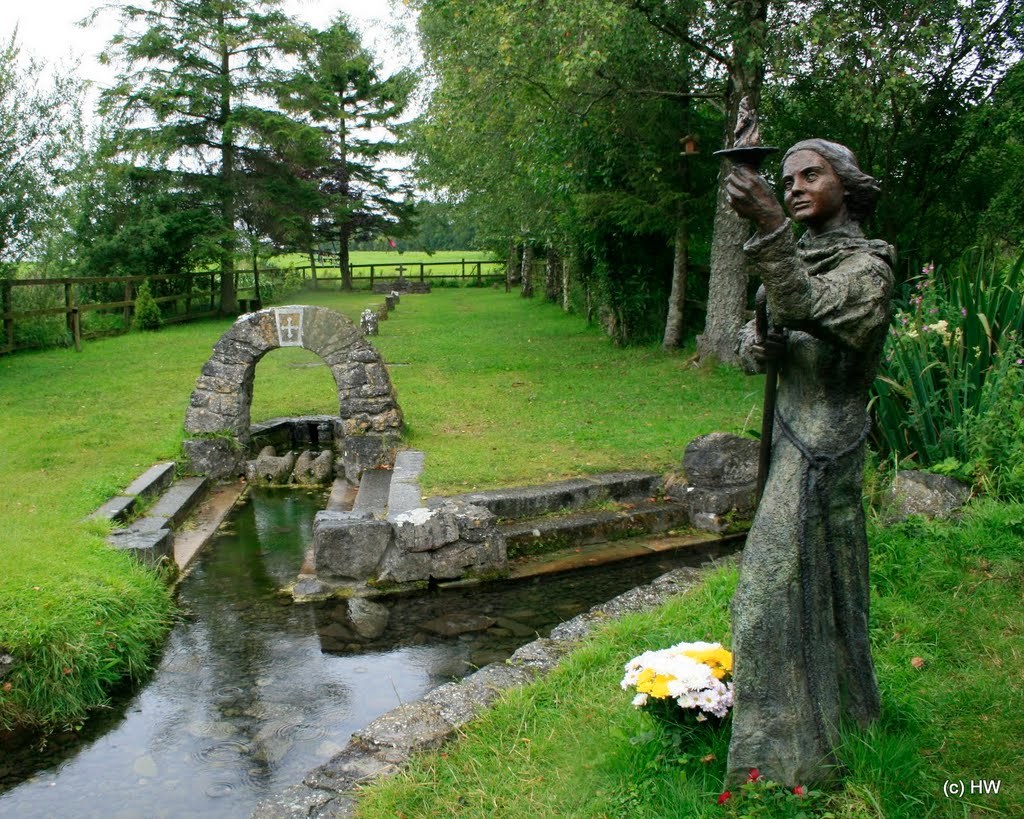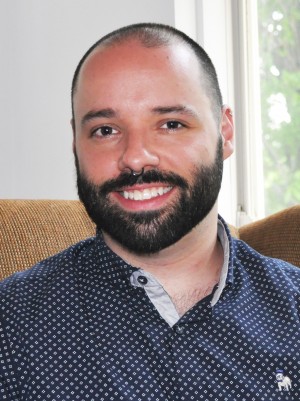In her interview with the Religious Studies Project, Dr. Jenny Butler spoke with Christopher Cotter about the specificities of the object of her doctoral research at University College Cork (2012), contemporary Irish Paganism, and about the field of Pagan studies in the context of Irish academia. Butler’s research encompasses very diverse aspects of contemporary Paganism in general, from Wicca to Pagan Witchcraft, through Heathenism and Druidry, without forgetting to pay attention to solitary practitioners who revolve around groups like Wiccan covens and Druidic groves. Nevertheless, what started as an overview of Butler’s work in Ireland quickly turned into a much-needed critique of the context surrounding academia and religious studies. Her own ethnographic research raises questions about important categories and paradigms in religious studies today.
The first element of interest in Butler’s work is her use of “Paganism”, a somewhat monolithic term, to describe the Pagan movement. It is most interesting to see how her use of the term “Paganism” instead of “Paganisms” pertains to the current hesitation in academia to talk about “Christianisms,” for example, as an array of different traditions included in Christianity. Some scholars of Pagan studies prefer the use of “Paganisms,” easily recognizing that it is more appropriate to talk about it in a way that reflects its inner diversity and lack of cohesion in regards to beliefs, practices and ethics. We can only deduct that Butler’s move to speak of her object of study in the singular form must be due in part to the fact that the study of Pagans and Paganism in Ireland is still nascent. For that reason, it would probably have been harder for her to have her object recognized by the academic institution if she didn’t comply with the same convention that usually applies to the major religious traditions of this world, i.e. world religions. Does it have anything to do with the possibility that a confessional approach of religion still lingers within religious studies in the Republic of Ireland? Compared to the context of Butler’s research, it seems that American and Canadian scholars of religion show much less hesitation to talk about “Christianisms” or “Hinduisms,” for example, as a series of several sub-traditions, rather than as uniform religions. Butler specifies that this decision derives from her ethnographic methods of research, and, in that sense, that her use of the term “Paganism” as a whole stems from her fieldwork. In this manner, she gracefully avoids some of the methodological and theoretical problems that would come out of an ethnocentered perception of religion.
In light of this, one can wonder how expeditious is the common assumption that most Pagans, or at least a majority of them are well read (Davy, 2007). First, let’s not forget that it is not unusual at all that members or adepts of a religion, be it new or old, take upon themselves to be well aware of the literature, academic or confessional, surrounding their religion. In my experience, Pagans are certainly well read in particular areas, like mythology, folklore and sometimes history, but they seem much less informed when the time comes to compare “world religions” to their own religiosities or to compare their own religious categories to those produced and accepted in academic circles in religious studies, anthropology, and history, among others. This is not to say that Pagans are particularly less well-read than individuals who belong to other institutionalized or formal religious traditions. Many adepts of Neo-Druidry do indeed dig deep into historical and archaeological material to reconstruct parts of their worldviews, practices, and social organisations. It is also possible that for a great number of individuals who identify themselves against religions, like some atheists for example, being informed by scholarly works might be an important aspect of their “non-religion.”
As far as I am concerned, this idea that Pagans are more informed about scholarly works in religious studies is questionable only because most Pagans, as Butler indicates, do not interrogate the origins of their religiosities beyond their romanticized interpretation of geographical locations and historical or mythological influences. In fact, one can wonder why it has never been articulated anywhere so far within Pagan studies that Wicca, the only “religion” stemming out of Britain (Hutton, 1999), is rooted in elements often associated with Irish Celtic myths or figures. What about the veneration of deities such as the popular Ceridwen and Cernunnos? What changes did those figures go through by leaving English soil, going around the Western world through the popularization of Wicca, contemporary Paganism, New Age, and Goddess spiritualities, before coming back to Ireland, decades later? Is it just that Pagan studies in Ireland haven’t made the connection yet? Probably not. Is it that these figures did not undergo any kind of transformation? That would, of course, be quite surprising. Or, maybe is it that these distinctions do not matter for Pagans and scholars who study them? Paganism, being a religion without dogma, without a “proper” institution standardizing discourse and practice, in the face of globalization, might not have what it takes to conceive these divergences as significant issues to deal with.
In my eye, the most interesting aspect of Butler’s study is that it shows just how locations and spiritual nexuses in Ireland are at the heart of Irish Pagan religiosities. Certainly akin to what happens in Britain at Stonehenge or Glastonbury, this phenomenon invokes issues of authenticity and “nativeness.” These locations point to a long gone past, which then comprised very different worldviews from those at play today that have inevitably been marked by what Butler qualifies as a “Christian veneer.” This brings up and interrogates the basic distinction between Christianity and paganism[1], or rather the issue of identification of paganism by agents of Christianity. Would a certain paganism occurring today not be paganism anymore after being marked by centuries of Christian proselytism? This forces researchers to work outside of these ever-reproduced categories to focus on more current issues, giving more space to collective and individual stories rather than written texts that prescribe modes of practice.
In the last couple of years, scholarship in Pagan studies has begun to slow down. The main source cited by Butler, The Pomegranate: The International Journal of Pagan Studies, is struggling more and more as the years go by to find new approaches to Paganisms and Earth-centered or nature-based religions that would give them some sort of undisputable recognition within universities. In fact, it seems that as soon as students and scholars of Pagan Studies step out of the United States or Britain (mostly), they still face an ever-present normative push that won’t accept Paganisms as legitimate religious objects of study or Pagan studies as a legitimate field of study. We can only hope that Butler’s work, quite unique in itself, can revive this pull towards understanding the originality and specificities of contemporary Paganism as it spreads in different ways throughout the globe.
Reference
Davy, B. J. (2007). Introduction to Pagan Studies. New York/Toronto: Altamira Press.
Hutton, R. (1999). The Triumph of the Moon. A History of Modern Pagan Witchcraft. New York: Oxford University Press.
York, M. (2005). Pagan Theology: Paganism as a World Religion. New York: NYU Press.
[1] The term “paganism” refers to what Michael York calls a spontaneous religiosity linked to the land (2005), found in Native and aboriginal cultures for example, as opposed to “Paganism”, capitalized to refer to the contemporary revival of pre-Christian mythologies.



